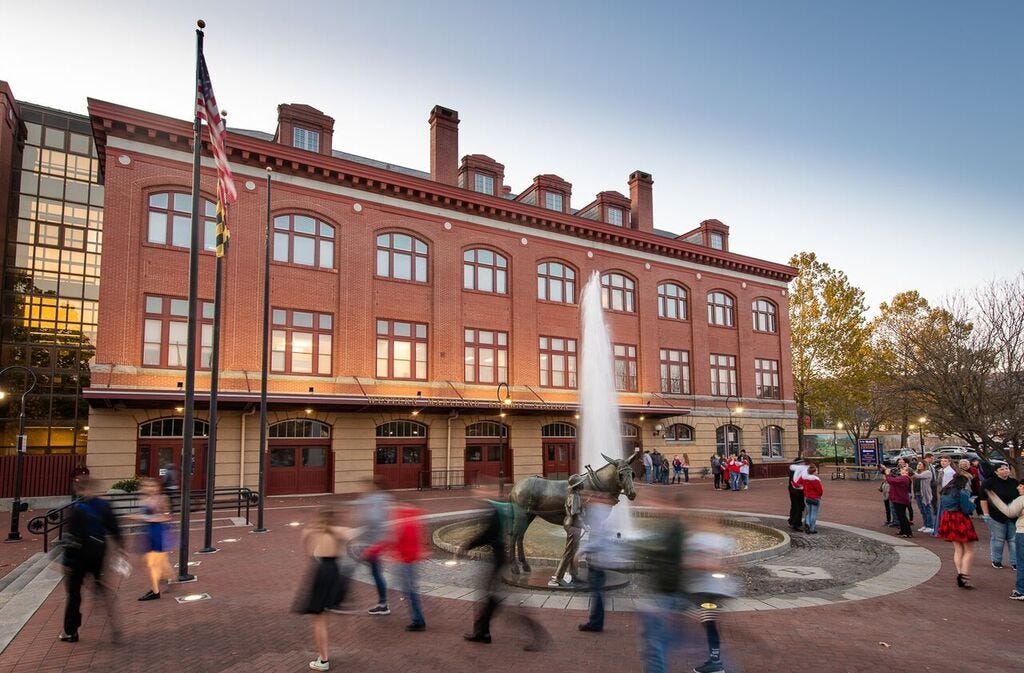History meets energy efficiency
The Western Maryland Railway Station earns huge energy savings.
Cool, old brick passenger station. Check.
History in the walls. Check.
Retrofitted. Check.
Big energy savings. Mic drop.
Built in 1913, the Western Maryland Railway Station in Cumberland, Maryland, once operated as a passenger station by the Western Maryland Railway until 1959. The building went through various transformations, housing offices until 1988 when the Western Maryland Scenic Railroad began service.
Sure, old brick historical buildings are awesome unless you have to work or live in one. Space heaters in offices and workstations were popular to help address drafts and uncomfortable temperatures in the building.
The building needed some help.
Enter the U.S. Department of Energy’s (DOE) Better Buildings Challenge, the State of Maryland, and CPPDA. With their support, an energy audit of the facility was conducted and several cost-effective energy conservation measures were identified. Renovations included replacing the 20+-year-old HVAC system, replacing more than 500 light fixtures with LEDs, and upgrading the building envelope with new insulation and air sealing. The station, a Better Buildings Showcase Project, now saves 21% annually on energy costs compared to a 2016 baseline.

And, as a partner in the Better Buildings program, Maryland reduced its energy intensity across the state by 20% over its 9-million-square-foot buildings portfolio (including the railway station) and has now committed to another goal of 15% energy reduction across a broader portfolio of over 90 million square feet.
Yes, you can still maintain the historical integrity of older buildings but also be energy efficient. Win-win.
Watch to learn more about the project and the Better Buildings Challenge:





